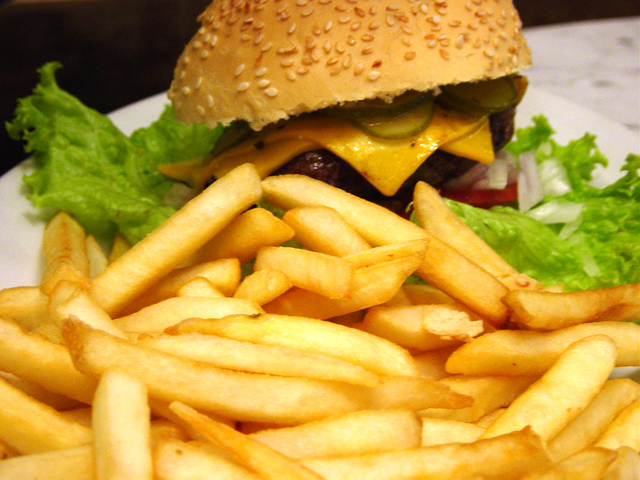 Food cravings are the usual culprits that derail most diets and detox programs. But these compelling urges are not just signs of weak discipline, they’re messages that your body or emotional state need something.
Food cravings are the usual culprits that derail most diets and detox programs. But these compelling urges are not just signs of weak discipline, they’re messages that your body or emotional state need something.Changing your relationship with your cravings and learning to decode them can make all the difference in sticking to your detox program, diet or healthy eating resolution.
Cravings can be tell us that we’re deficient in a certain nutrient.
For example, if you’re craving a burger your body could need iron. Knowing this can help you choose healthier sources of iron like oysters, pumpkin seeds, chickpeas and spinach.
Understanding what your body is asking for is a great way to turn cravings into helpful friends.
Below are a few examples for decoding common cravings:
Chocolate cravings may be a cry for magnesium, which can make you feel calm. Almonds, fish and avocado provide the same calming magnesium without the sugar rush.
The desire for salty potato chips may be a sign of dehydration. People crave salt when they’re low on water because salt helps the body hold onto water. Instead of giving into that salty, greasy bag of chips, try a tall glass of water instead.
Ice cream is often a powerful craving. Studies show that the cold, smooth texture of ice cream triggers the release of galanin, a hormone that makes you feel relaxed and care free. Create that relaxed feeling instead by going to the park with your child, friend or dog.
When you crave sugary carbs it usually means you need a jolt of energy. Sugar provides that second wind by spiking blood sugar, which increases energy. But when blood sugar plummets again it will leave you feeling tired and cranky. Instead of riding the sugar roller coaster, take a rest or a gentle walk for a sustainable recharge.
While cravings can be caused by physical and biochemical factors, they can also result from emotional needs.
Sometimes we crave certain foods to comfort us in times of boredom, sadness or stress. These are the types of cravings that can lead to binge eating or eating disorders.
The secret to decoding cravings is figuring out whether they are physical or psychological in nature. In other words, does the body actually need the food or nutrients you’re craving?
The best way to deconstruct cravings is to address physical factors first. Most often we crave sugar and carbs because we eat them regularly. When the body adjusts to eating a high fiber, protein-rich, whole-food diet the cravings for sugar diminish greatly.
The 21-Day Body Makeover is the perfect example of a detox program that ends carb and sugar cravings by focusing on foods and shakes that provide the right mix of nutrients without spiking blood sugar. The detox also has some delicious new recipes that will keep you full and satisfied.
Having a healthy relationship with your cravings will help you succeed with any eating plan. Understanding cravings will help you ride those familiar craving waves without giving in.
Studies have shown that most cravings last under 5 minutes anyway, so knowing how to choose healthier substitutes and knowing what you actually need can take you from feeling deprived to feeling empowered.

